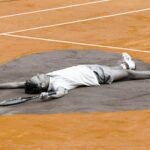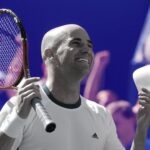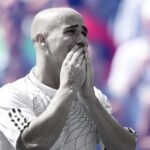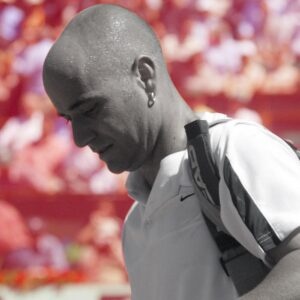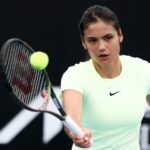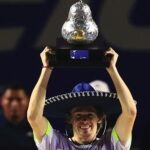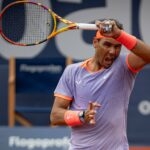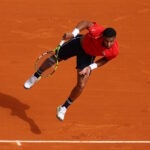November 25, 1999: The day Agassi was crowned year-end world No 1, two years after dropping out of the top 100
On this day, November 25, 1999, Andre Agassi beat Gustavo Kuerten in straight sets to finish the season as world No 1
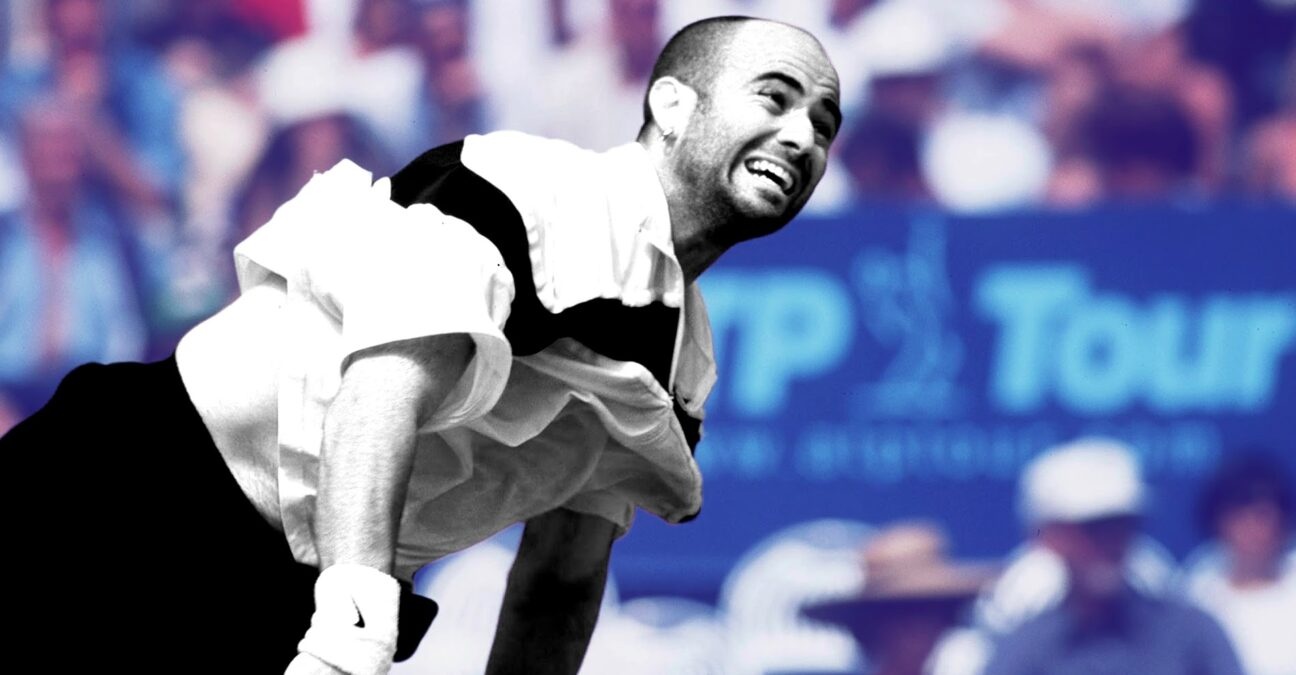 Andre Agassi, On this day 25.11.2020
Andre Agassi, On this day 25.11.2020
What happened on that day?
On this day, November 25, 1999, Andre Agassi defeated Gustavo Kuerten in the last round-robin match of the ATP Tour World Championships (6-4, 7-5). Not only did this win propel him into the semi-finals, but he also had the satisfaction to receive the ATP Tour trophy for finishing the year as world No 1, a spot that he held since his triumph at the US Open in September. Hard to believe, considering that only two years before, Agassi had dropped down to world No 141 before making his way back to the top.
The players involved: Andre Agassi and Gustavo Kuerten
- Andre Agassi, the Las Vegas Kid who went on to become Grand Slam champion
Andre Agassi, the Las Vegas Kid, was also a tennis legend. He had turned professional in 1986 and had soon become one of tennis’ biggest superstars, thanks to his amazing tennis skills but also to his fashionable outfits, including the iconic denim shorts and the pink bike shorts (worn as underlayer).Taught by his father and bred at the Nick Bolletteri Academy, his game relied on a great return (the best of its time) and on hitting the ball on the rise on both sides with incredible power, which was revolutionary at the time and then imitated by generations of tennis players. After finishing runner-up three times, once at the 1990 US Open and twice at Roland-Garros (1990 and 1991), he claimed his first Grand Slam tournament at Wimbledon in 1992, defeating big serving Goran Ivanisevic in the final (6-7, 6-4, 6-4, 1-6, 6-4).
This title was followed by the 1994 US Open and the 1995 Australian Open, the only time he beat his long-time rival, Pete Sampras, in a Grand Slam final (4-6, 6-1, 7-6, 6-4). He reached world No 1 shortly after this success on April 10, 1995 and remained there for 30 weeks. In 1996 and 1997, despite a gold medal claimed at the 1996 Olympic Games in Atlanta, Agassi endured a difficult time and his ranking dropped as low as No 141 in the world. Displaying great humility, he went back to play on the ATP Challenger tour at the end of 1997 to regain confidence.
Agassi slowly returned to the top in 1998, finishing the year as world No 6, although his Grand Slam results were disappointing. In June 1999, he eventually triumphed at Roland-Garros, edging Andrei Medvedev in five sets (1-6, 2-6, 6-4, 6-3, 6-4), thus achieving a career Grand Slam. Since then, he had finished runner-up to Pete Sampras at Wimbledon (6-3, 6-4, 7-5) and claimed another Grand Slam crown at Flushing Meadows, defeating Todd Martin in the final (6-4, 6-7, 6-7, 6-3, 6-2). Thanks to that second US Open title, Agassi reclaimed the world No 1 spot in September.
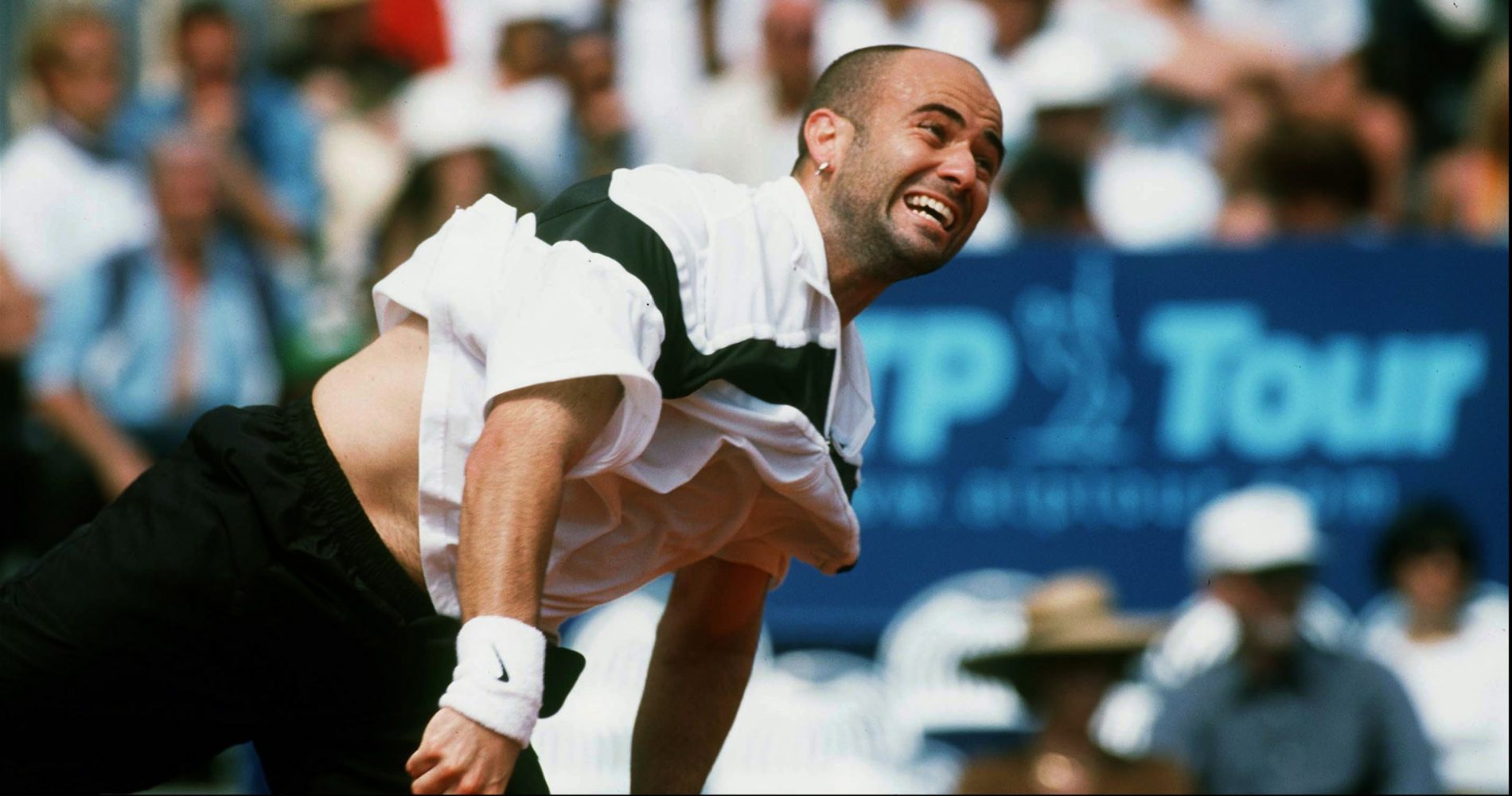
- Gustavo Kuerten, the shock Roland-Garros champion
Gustavo Kuerten, born in 1976, had made himself famous in 1997, when, ranked No 66 and unknown to the tennis world, he claimed the title in Roland-Garros, defeating the three last champions on his way – Thomas Muster, Yevgeny Kafelnikov, and then Sergi Bruguera in the final, 6-3 6-4 6-2. Not only was it his career first title, but it was also his first final on the ATP Tour! Kuerten’s game, relying on a great first serve and an impressive one-handed backhand, coupled with great drop shots, made him a natural clay-court player. Finishing 1997 as world No 14, he had trouble maintianing his status in 1998 and his results on hard court were disappointing. Although he gained in confidence during the clay season, he was defeated in the second round of the French Open by a young Marat Safin, who would reach the quarter-finals, in five sets (3-6 7-6 3-6 6-1 6-4).
He started the 1999 season as world No 23, and, although some thought his 1997 magic was short lived, Guga was confident in his abilities. Reaching the semi-final in Indian Wells (lost to Carlos Moya, who became world No 1 that day), he then delivered an impressive Davis Cup performance on clay against Spain, defeating Moya and Alex Corretja, before claiming his first Masters 1000 title in Monte-Carlo. The Brazilian was turning into a favourite for the Roland-Garros crown, but in Paris, he was defeated in the quarter-finals by Andrei Medvedev (7-5, 6-4, 6-4). In the second half of the season, he confirmed his improvements on faster surfaces, reaching the quarter-finals at both Wimbledon (lost to Andre Agassi, 6-3, 6-4, 6-4) and the US Open (lost to Cedric Pioline, 4-6, 7-6, 7-6, 7-6). Despite a disappointing indoor season, he was ranked No 3 in the world and qualified for his first season-ending ATP Tour Finals.
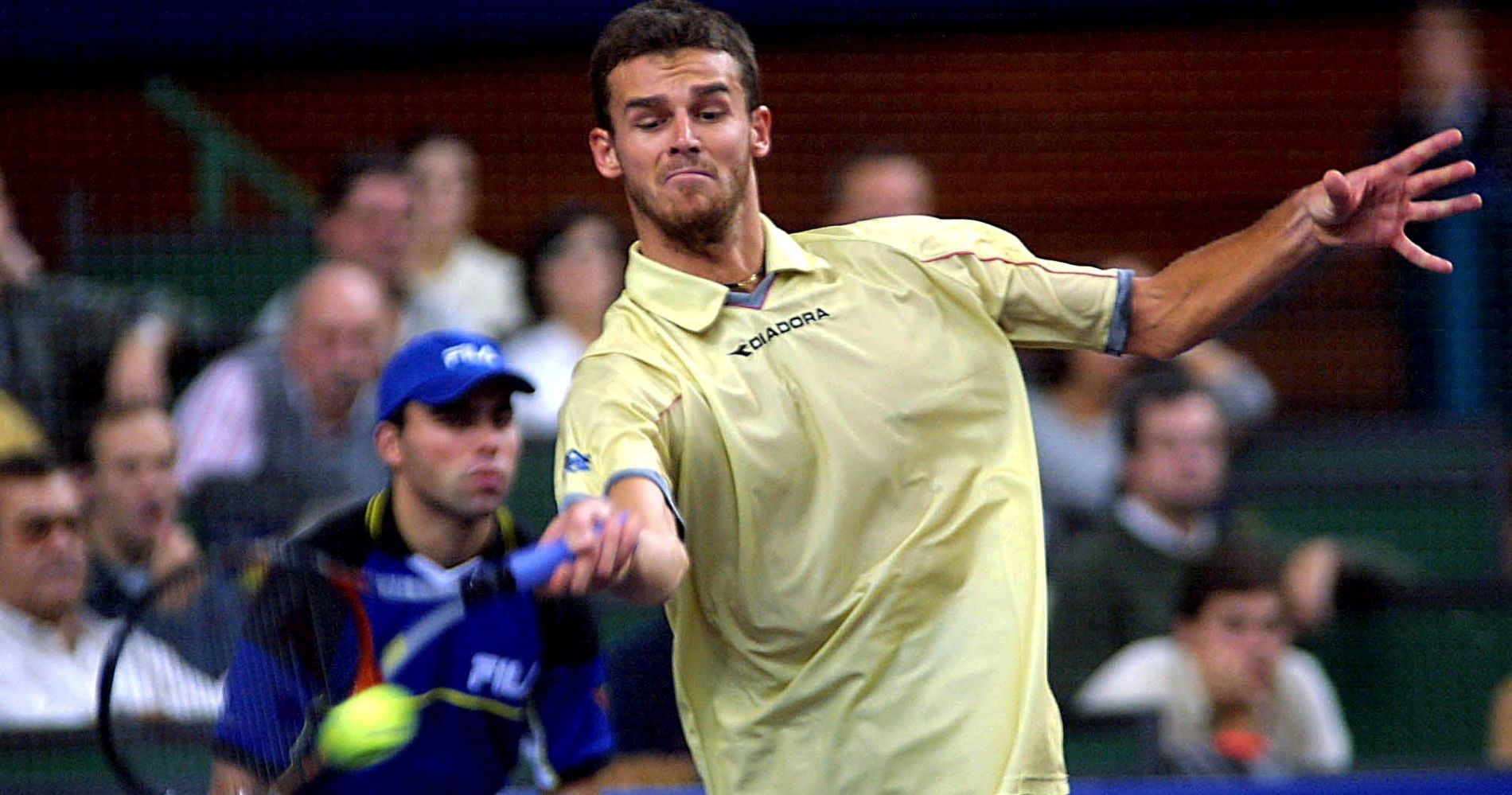
The place: Hanover, Germany
Founded in 1970 as the Masters Grand Prix, the year-end ATP Tour World Championships was the final showdown between the eight best players in the world. Held in a different location every year at the start, and settled at the Madison Square Garden, in New York, from 1977 until 1989. Since then, the tournament had moved twice again, from Frankfurt (1990-1995) to Hanover in 1996. As only the eight top players of the year qualify for the event, the list of its former champions is nothing short of legendary. However, in 1999, the defending champion, Alex Corretja, had failed to qualify.
The facts: Agassi wins in straight sets
In this final round-robin match of the 1999 edition, although they were close in terms of rankings, Agassi (world No 1) was the heavy favourite against Kuerten (world No 3). Since his unexpected triumph at Roland-Garros, the Las Vegas Kid had reached the final at Wimbledon, claimed the US Open title and lifted the trophy in Bercy. On the other hand, Kuerten, despite his good results all-year round, had only won three matches in five tournaments since his loss in the quarter-finals at Flushing Meadows. Furthermore, in their three last encounters, Agassi had prevailed without dropping a single set.
So far, the world No 1 had easily won his two first matches in Hanover, dismissing Nicolas Lapentti (6-1, 6-2), and claiming an impressive 6-2, 6-2 win over his arch-rival Pete Sampras. Kuerten had also won against Lapentti (6-1, 6-2), but he had been heavily defeated by Sampras (6-3, 6-2). Nonetheless, the Brazilian entered the court with high ambitions. Despite the 13 aces he fired, and the fact that he was the first to break Agassi’s serve since the start of the tournament, the world No 1 proved too strong that day. Agassi prevailed 6-4, 7-5.
After the handshake, a ceremony was held on court to celebrate Agassi’s new title: he was sure to finish the end as world No 1. While holding the glass trophy, the 1999 ATP Tour champion, who had been so close to retirement in 1997, commented: “It symbolises a lot for me professionally and personally. It’s a big accomplishment for me.“
What next?
As many times in the past, Agassi’s celebrations would be spoiled by his rival Sampras, who would play at his best level again to beat him in the final (6-1, 7-5, 6-4).
In the following years, Agassi would add three more Australian Open titles to his career achievements (2000, 2001, 2003), taking his total to eight Grand Slam tournaments, and he would appear for the last time at the top of the ATP rankings on September 7, 2003. In 2005, aged 35, he would reach his last Grand Slam final in New York, where he was defeated by Roger Federer (6-3, 2-6, 7-6, 6-1). Only in 2006 would he exit the top 10 once and for all. Playing only eight tournaments, he would put an end to his career at Flushing Meadows. After delivering a last epic fight to prevail against world No 8 Marcos Baghdatis (6-4, 6-4, 3-6, 5-7, 7-5), he would be defeated by Benjamin Becker in the third round, 7-5, 6-7, 6-4, 7-5.
Gustavo Kuerten would remain the best clay-court player on the tour for a while and would eventually claim two more titles in Roland-Garros, in 2000 beating Magnus Norman, 6-2 6-3 2-6 7-6, and in 200, the year he drew his famous heart on the Court Philippe Chatrier, edging Alex Corretja, 6-7 7-5 6-2 6-0. In 2000, after an incredible triumph at the Masters Cup, where he defeated both Agassi and Sampras on fast indoor courts, he would end the year as world No1. Suffering from a serious hip injury, he would not be able to defend his 2001 French Open title the next year, and the rest of his career would be a long struggle against this injury that he would never overcome. Eventually, he would retire from the game in 2008, after two years of inactivity, after one final appearance in Roland-Garros.
